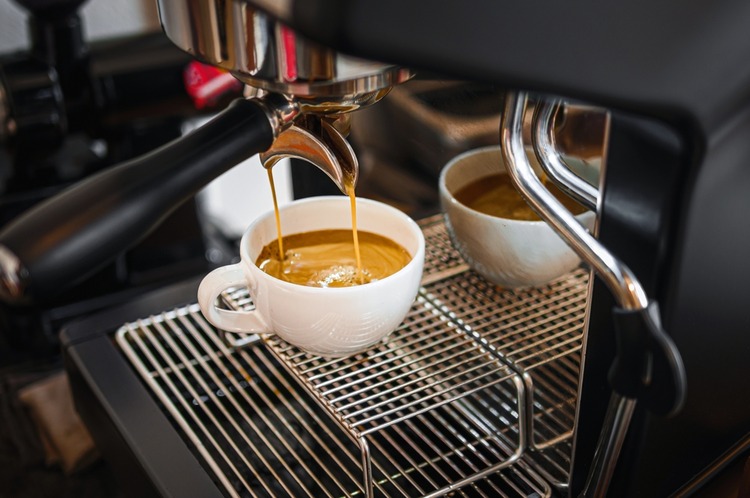Speed and Wrist Motion: Improving Pour Consistency
Consistent pours depend on more than steady hands. This article explores how speed, wrist motion, and repeatable technique shape milk texture and pattern outcomes. Whether you’re refining microfoam or practising symmetry, targeted drills and equipment choices can improve control and visual results.

Consistent latte art starts with control of the pour: how quickly you approach the cup, where you begin the stream, and how your wrist guides the milk. Small variations in speed and wrist motion change flow rate, interrupt patterns, and alter texture integration with espresso crema. Focusing on repeatable gestures and mindful adjustments helps baristas turn an inconsistent pour into a reliable technique, making design execution easier across different equipment and milk batches.
How does wrist motion affect pouring and control?
Wrist motion is the pivot point for directing flow and shaping patterns. A subtle forward tilt opens the pitcher spout to increase flow, while a slight lift narrows it; the wrist governs those micro-adjustments. Maintaining a stable elbow and using the wrist for fine direction gives more predictable lines and better control of symmetry. Practise short, deliberate wrist flexes with an empty pitcher to build muscle memory before moving to live pours, then replicate the same pivot speed and angle to improve repeatability.
What role does speed play in milkfoam and microfoam?
Pouring speed directly affects how milk integrates with the crema and how the milkfoam or microfoam settles on the surface. Faster pours increase flow and can sink more aerated foam into the espresso, which may blur delicate patterns; slower pours let microfoam sit and allow for sharper edges. Adjust pouring speed as a function of texture: microfoam with velvety, fine bubbles benefits from measured, steady pours, while thicker milkfoam needs a different cadence to prevent large bubbles from disrupting the design.
How do steaming and aeration shape texture and crema?
Steaming and early aeration set the baseline for texture before pouring begins. Controlled aeration introduces small, consistent bubbles that create microfoam; over-aeration makes foamy, unstable milk that resists fine patterning. Proper steaming technique keeps the wand tip just below the surface for gentle aeration, then submerges to create a whirlpool for smooth texture. That microfoam mixes with espresso crema during pouring, so consistent steaming contributes to even crema integration and clearer contrast in the finished pattern.
How to improve pattern symmetry and use a stencil?
Symmetry relies on even flow, consistent wrist motion, and predictable stream placement. Start pours centered over the crema and use your wrist to guide the pitcher in mirrored motions rather than large torso shifts. For more complex motifs, stencils can add consistent overlays, but they don’t replace core pouring control; use stencils to complement symmetry while you practise freehand patterns. Drill exercises that alternate left-right wrist pivots and timed speed changes to strengthen the link between motion and pattern outcome.
How can barista technique and equipment aid consistency?
Small changes in equipment and setup reduce variability. A pitcher with a well-shaped spout supports precise streams, while a steady espresso extraction with balanced crema provides a consistent canvas. Temperature control and a good steam wand technique minimize differences between milk batches. Barista technique—such as consistent pitcher height, a repeatable tilt angle, and uniform wrist cadence—works alongside equipment to produce predictable results. Record settings and machine parameters so you can reproduce conditions that yielded successful pours.
How can workshops refine pouring and overall technique?
Focused workshops provide structured drills and expert feedback to speed up progress. In a workshop environment, baristas practise specific aspects—speed modulation, wrist pivots, and symmetry drills—under guided observation, often using video playback to identify small inconsistencies. Workshops also introduce equipment tips and troubleshooting for steaming and aeration, and they simulate variable conditions so you can adapt technique. Local services and skills sessions often offer hands-on time with different pitchers and machines, helping translate practice into reliable performance.
Consistent latte art is the product of deliberate practice: matching steaming and aeration to the milk’s texture, refining wrist motion to direct flow, and calibrating pour speed to the pattern you want. By combining focused drills, attention to equipment, and repeated, mindful pours, baristas can reduce variability and create more reliable, symmetrical designs. Over time, small adjustments to control and technique produce clearer contrasts between microfoam and crema and more predictable visual results.






